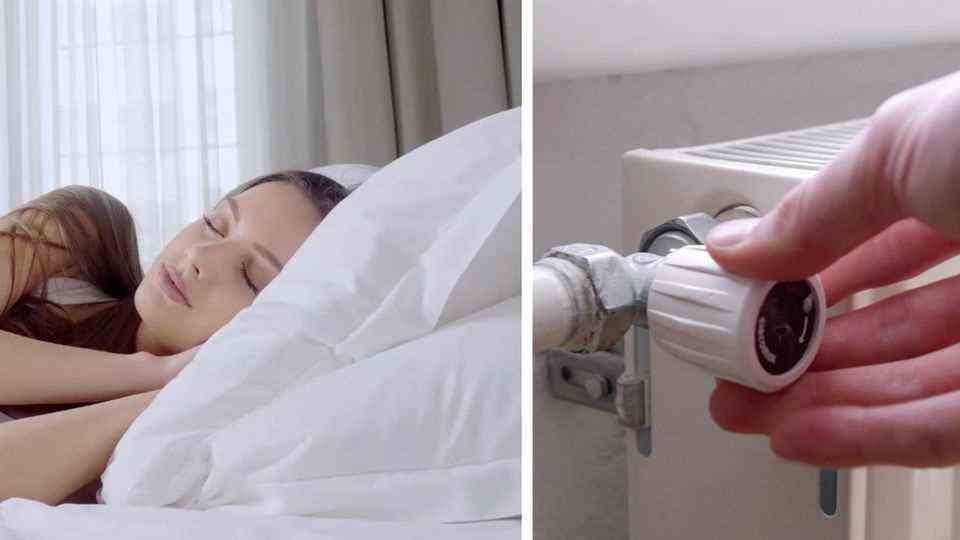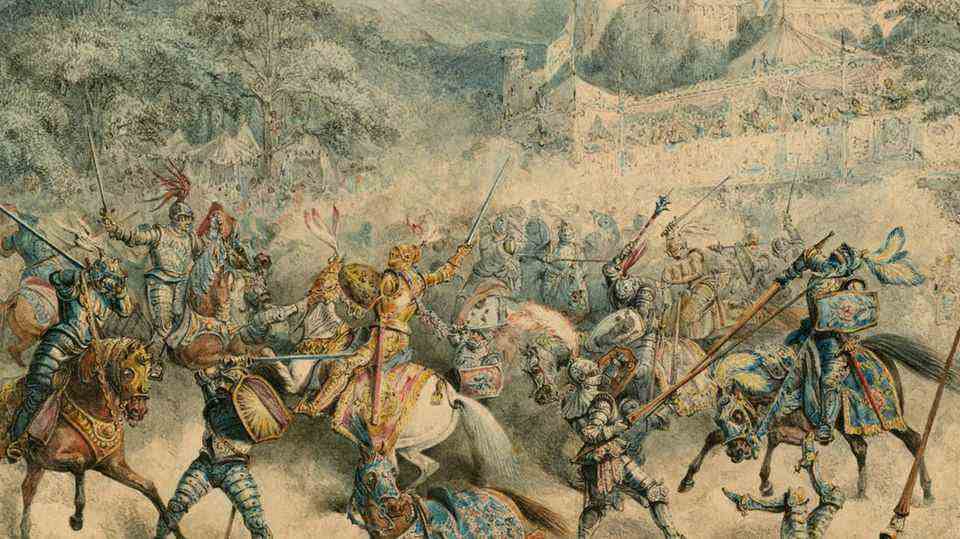Biphasic sleep
For centuries people slept in two phases – and got up in the middle of the night
For a long time, people understood a good night’s sleep differently than we do
© Ridofranz / Getty Images
Sleeping through is a modern invention: For many centuries people went to sleep only to get up in the middle of the night – and then to lie down again.
Anyone who wakes up in the middle of the night today quickly panics. You quickly glance at the clock and start doing mental arithmetic: how many hours of sleep are left before the alarm clock rings? The longer you delay falling asleep, the more restless you become. On the one hand, this concern is justified: most of our days begin at fixed times, so sleep is limited. On the other hand, being awake at night is something completely natural: for centuries it was very unusual for people to sleep through the night.
The American social historian Robert Ekirch made this discovery a few years ago. In 2001 he published an essay summarizing his research on pre-industrial sleep habits. The central result: People in the Middle Ages, but also in some cases long before that, practiced a “biphasic sleep”. This means that they were awake for hours in the middle of the night between two sleep periods.
In the Middle Ages, people woke up in the middle of the night
Using historical records, Ekirch was able to roughly describe what these sleeping habits looked like. According to this, most people went to bed around 9 p.m. (although most of the population could not afford it) and woke up after a few hours – around midnight. Then followed a longer waking phase, which was used for all sorts of activities Ekirch represents: prayers, conversations, amusements, even crimes under cover of darkness. This section usually lasted a few hours.
Then followed a second sleep phase, the so-called “morning sleep”. This usually lasted until dawn, when people were awakened by the daylight and went about their work. After all, an alarm clock was out of the question. Exactly when people got up again also depended on when they went to bed – i.e. when they slept in. According to Ekirch, this practice was widespread: the historian found references to it in medieval sources (the best known of which is certainly the 1605 novel “Don Quixote” by Miguel de Cervantes), but also in texts from ancient Rome and Homer’s “Odyssey”. .

Sleeping through is a relatively recent invention
So for centuries, if not longer, it was good form to split your sleep in two. According to Ekirch, there are no great explanations in the sources: “People in this age didn’t need an explanation for this. Of course, this familiarity also shows how widespread the habit was.” In total, you got about six to eight hours of sleep a night back then – comparable to today.
Nevertheless, the sleeping habits of our time look very different. Sleeping through the night is considered healthy and desirable – but it’s a rather modern invention. But how did this paradigm shift come about? Two things in particular have changed: the time at which you fall asleep and the way you wake up. The social and technical upheavals of the Industrial Revolution were decisive for this.
Electric lights and alarm clocks are changing habits
Artificial lighting made it possible to stay up later in the evening. For centuries, daylight regulated the daily routine: when it got dark, it was time to sleep. This first changed with the spread of gas lamps, but at the latest with the invention of the light bulb at the end of the 19th century. What did not change, or only slightly, was the time to get up. This was still largely dictated by the work, which in turn was based on the times of day. There was also little leeway when it came to the individually required sleep time. The invention of the alarm clock, of which the first versions already existed at the end of the 18th century, represented the great revolution in waking up. It was both possible and necessary to get up at a certain time. People simply didn’t have time to stay up in the middle of the night if they wanted to be fit in the morning.
Another plausible reason for the change in sleep rhythm is that the conditions are generally much better today for sleeping through the night. The sleeping quarters were usually rather uncomfortable for most people in history, with many people sharing a room. Cold or heat disturbed the night’s sleep. And researchers suspect that waking up in the middle of the night was also a protective mechanism to protect against impending dangers – such as from animals or criminals. At some point, these factors hardly play a role anymore.
“By the end of the 19th century, the second sleep had practically disappeared,” reports historian Ekirch. However, that doesn’t mean it has to stay that way. Sleep experiments show that people naturally tend to have biphasic sleep. In one experiment, sleep researcher Thomas Wehr allowed subjects only ten instead of the normal 16 hours of light – regardless of whether it was artificial or natural. They spent the rest of the time in complete darkness. In fact, it took only four weeks for the subjects to split their sleep into two phases, with an interval of one to three hours.
Sources: Roger Ekirch: In the hour of the night – a story of darkness / Roger Ekirch: “Sleep we have lost: pre-industrial slumber in the British Isles” / BBC / Thomas A. Wehr: “In short photoperiods, human sleep is biphasic”



